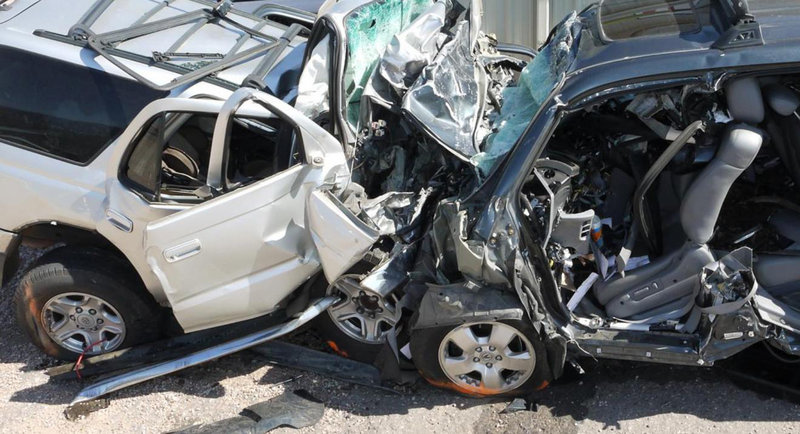Every state should require convicted drunken drivers, including first-time offenders, to use devices that prevent them from starting a car’s engine if their breath tests positive for alcohol, the National Transportation Safety Board said Tuesday.
The ignition interlock devices – already required for all convicted drunken drivers in 17 states – are currently the best available solution to reducing drunken driving deaths, which account for about a third of the nation’s more than 32,000 traffic deaths a year, the board said.
Drivers breathe into breathalyzers mounted on the vehicle’s dashboard. If their breath-alcohol concentration is greater than the device’s programmed limit – usually a blood alcohol concentration of .02 percent or .04 percent – then the engine won’t start.
The board also urged the National Highway Traffic Safety Administration to speed up its research effort with automakers to develop systems that can determine a driver’s blood alcohol concentration using infrared light when the driver presses an ignition button. The vehicle won’t start if the alcohol concentration is too high.
The technology, which is sometimes breath-based rather than touch-activated, is already in use in some workplace drug-testing programs. If the technology were incorporated into all new vehicles, eventually all drivers would be alcohol-tested before driving. That could potentially prevent an estimated 7,000 drunken-driving deaths a year, the board said.
The five-member board made the unanimous recommendations after reviewing evidence that an average of 360 people a year are killed when drivers turn the wrong way into the face of oncoming traffic on high-speed highways.
The board’s study analyzed data from 1,566 crashes from 2004 to 2009, as well as nine wrong-way collisions NTSB directly investigated. In 59 percent of the accidents, wrong-way drivers had blood alcohol levels more than twice the legal limit, researchers said. In another 10 percent of the crashes, drivers had alcohol levels between .08 and .14. The limit in most instances is .08.
In just the past week, 11 people were killed and nine seriously injured in wrong-way driving accidents in eight states, the board was told.
“Wrong-way crashes shatter lives and families,” said NTSB Chairman Deborah Hersman, calling the report and the recommendations a “milestone” for the board. The technologies hold “great promise to be a game changer in highway safety,” she said.
The board’s recommendations are likely to be strongly opposed by the alcohol industry. The American Beverage Institute, which represents about 8,000 chain restaurants in the U.S., said mandatory ignition interlock devices should be reserved for “hardcore” drunken drivers and it opposes the new technology that government and industry are researching.
First-time drunk drivers with blood alcohol levels that are less than double the legal limit should be treated differently than drivers with higher alcohol levels and repeat offenders, Sarah Longwell, the institute’s managing director, said.
“You don’t punish somebody going five miles over the speed limit the same way you do somebody going 50 miles over the speed limit,” she said.
Also, the developing technology would effectively prevent any one with relatively small amounts of alcohol in their blood from driving, Longwell said.
“This would eliminate people’s ability to have a glass of wine with dinner or to have a beer at a ballgame and then drive home,” she said.
Send questions/comments to the editors.



Success. Please wait for the page to reload. If the page does not reload within 5 seconds, please refresh the page.
Enter your email and password to access comments.
Hi, to comment on stories you must . This profile is in addition to your subscription and website login.
Already have a commenting profile? .
Invalid username/password.
Please check your email to confirm and complete your registration.
Only subscribers are eligible to post comments. Please subscribe or login first for digital access. Here’s why.
Use the form below to reset your password. When you've submitted your account email, we will send an email with a reset code.